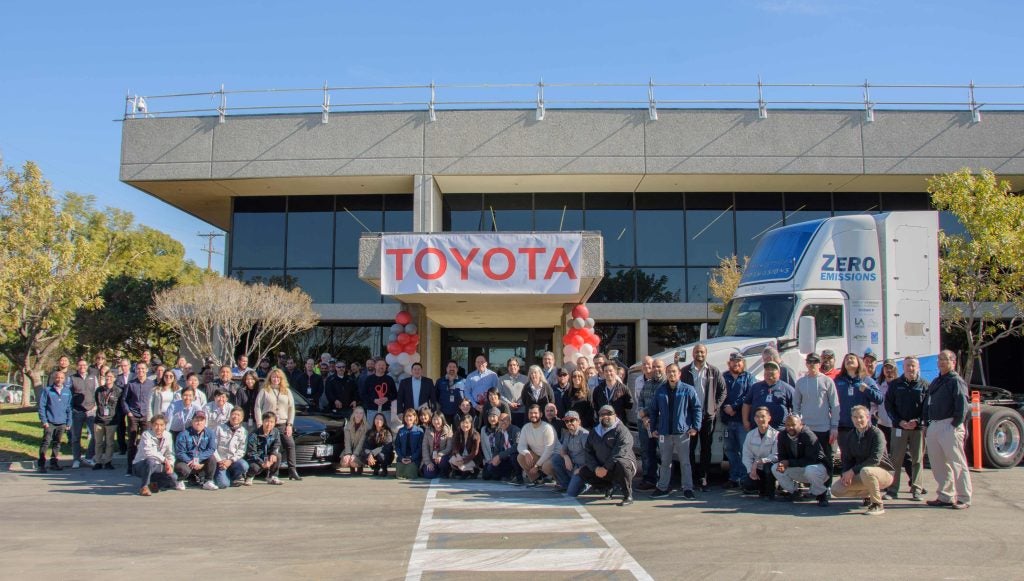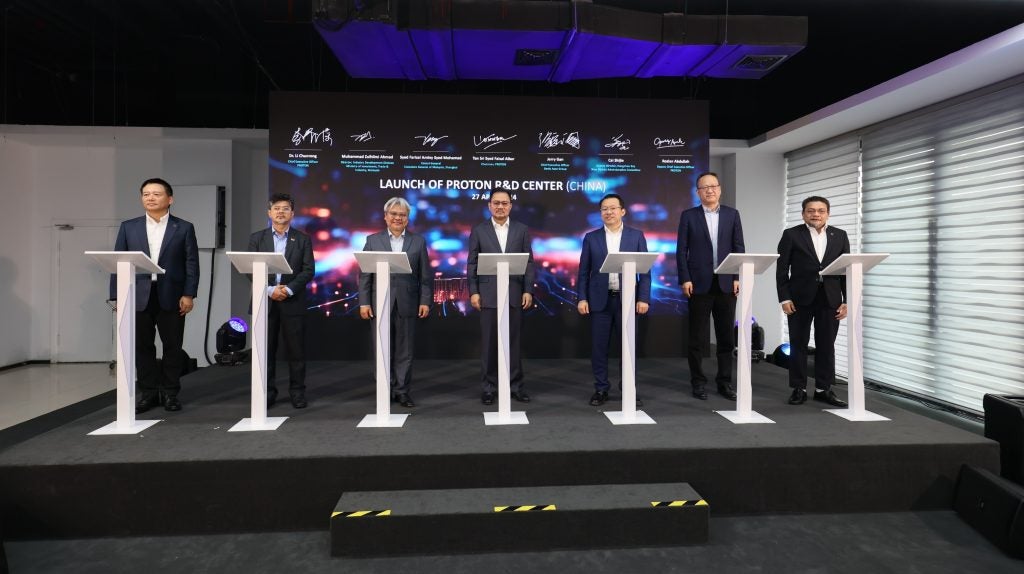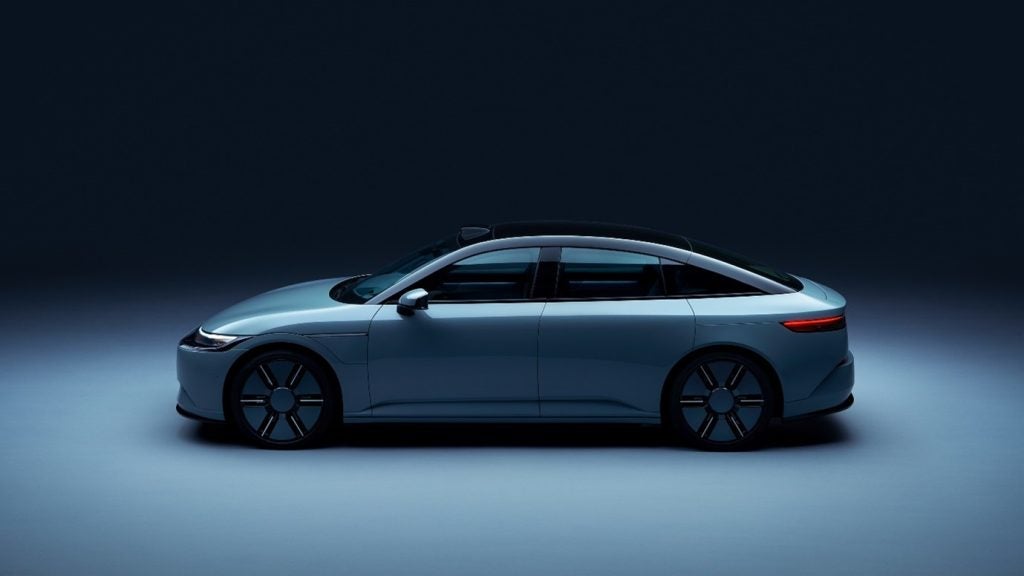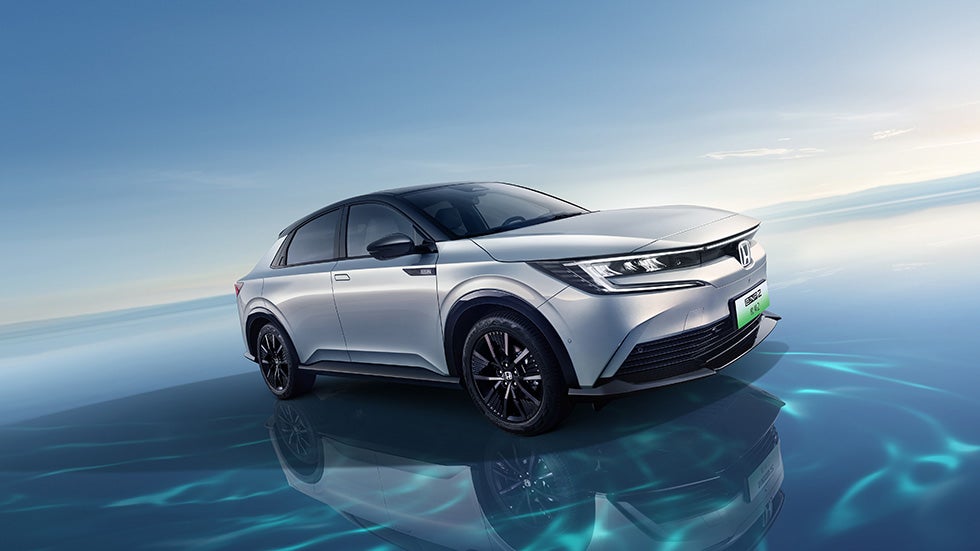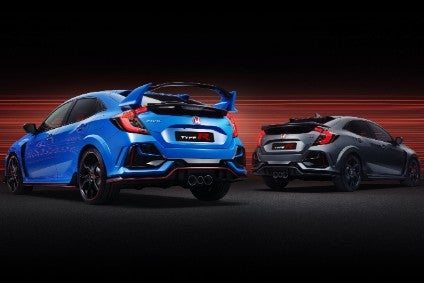
Even though the 2YN series Civic will be fully revealed in February, the tenth generation model remains vibrant. As well it should, being only five years old. And no variant has quite as much vitality as the Type R. Could the successor possibly be as exciting as the latest, mildly facelifted one which sends 320 PS through its front tyres?
Dialing down in Europe and India
You wonder if Honda might be the company which none of us is seeing gets itself into something of an existential crisis in the 2020s. That sounds ridiculous right now, a time of enormous success in the world’s largest market, with the same applying in the USA and Japan too. But bear with me.
We’ve known for a while that two Civic plants will soon be closed (Swindon in England and Gebze in Turkey). Then earlier today came official news that the gates to yet another will be swinging shut, this time a fairly new facility near New Delhi. Honda has seen for some time that in certain countries combustion-engine vehicles could fall from favour far sooner than many believe. What then for a firm which has invested so heavily in everything from lawnmowers, to back-up generators, motor bikes, cars and SUVs – all of them with piston engines?
Keeping Toyota off the top slot in China
Honda is by quite a margin the largest Japanese make in China, while only Ford and Toyota outsell it in America. In Japan, it’s also in third place but very close to Suzuki and may even become number two if the new N-One has had a big first month. Whatever happens, there is no chance that any other vehicle will be Japan’s number one, the N-Box being far ahead of all other vehicles, and likely close to the 200,000 mark.
How well do you really know your competitors?
Access the most comprehensive Company Profiles on the market, powered by GlobalData. Save hours of research. Gain competitive edge.

Thank you!
Your download email will arrive shortly
Not ready to buy yet? Download a free sample
We are confident about the unique quality of our Company Profiles. However, we want you to make the most beneficial decision for your business, so we offer a free sample that you can download by submitting the below form
By GlobalDataThe (not quite) global Civic factor
The Civic will end 2020 with more than a quarter of a million sold in the US, the Accord will be just shy of 200,000 and the CR-V will do over 300,000. This is close to being the brand’s top seller in the PRC too, where it’s on course for about 210,000 wholesale deliveries with the Accord not too far behind. The Civic should beat them both though with around 220,000 registrations provided the strong volume which has defined the Chinese market in recent months has been maintained in December. However, the XR-V and Vezel B-SUV twins are Honda China’s biggest hitters, these two versions of the same basic model (sold as the HR-V in many parts of the world) being on course to reach 275,000 units between them.
Resisting EVs – for now
With such big volume in these two key markets, why would I be suggesting that there could be trouble ahead? Honda is rich, lavishly and consistently profitable and crucially, highly adaptable. Look at how quickly it reacted to the underwater earthquake which caused such devastation in Japan, inundations of factories in other parts of Asia from devastating floods, the deep recession in the USA a decade ago and of course, the challenges of 2020 in all major markets. The company has one Achilles heal and this it shares with Toyota: an occasional reluctance to switch towards a trend.
Honda, which has always had some of the industry’s best engineers working for it, ironically took a long time to embrace turbocharging for mainstream models, even after it had created cars such as the trend-setting City Turbo in the early 1980s. Diesel it also shunned and while TMC piled into hybrids in the second half of the 1990s, its smaller rival stayed more cautious and missed the sales boom. Now, while Toyota continues to resist large scale production of electric cars or even PHEVs – it has a lot invested in hybrids after all – Honda too is standing back and watching others grab market share and crucially, a green image.
Why hasn’t the e sold better in 2020?
The little e is a properly fresh take on EVs which does the one thing which few others hitherto seemed capable of, namely putting an EV on the market which looks desirable rather than ill-proportioned, bland or as if it had emerged from a toothpaste pump. The car is maddeningly low on range and it’s likely that Honda loses money on it: how else to explain why what should be a big seller in the UK, France, the Netherlands, Norway and Germany is anything but?
There is the suspicion that the national importers are not being given enough stocks of the e. For goodness’ sake, Renault will have delivered around 100,000 examples of the seven year old Zoe in 2020, so why isn’t the similarly sized and way sexier looking Honda selling up a storm? Probably because Honda Motor has always been about two things: engineering purity and excellence, allied to a required high level of profit.
A Type R HEV coming?
With all the preceding thoughts and data as a backdrop, what becomes of cars which are 100% reliant on high-revving pistons, fast-shifting manual gearboxes with automatic throttle blipping but zero electrification? They are probably doomed, at least by around 2030 and possibly well before then, as all of Honda’s big markets, and if it stays in Europe, this place too, will become big on EVs. None of this is meant to sound like terrible news; far from it. Electric and petrol will exist side by side for a long time, it’s just that my vibe after a week with a Civic Type R – a fantastic car with one of the world’s best engines – is that this could be the last one not to be partially electric.
If Honda continues to see China as its future, then its best selling car will have to go hybrid, if not plug-in hybrid and/or electric. The timing of the eleventh generation model’s arrival isn’t ideal in that context. Perhaps though, the inevitable will take place half way through the manufacturing cycle in 2024 or so. You need only look at what’s happened in 2020 to see where things are headed.
China and US buyer preferences diverge
According to data announced recently by CAAM, deliveries of PHEVs and EVs were close to 200,000 units in November, a year-on-year gain of more than 100 per cent. And of those, more than 80% were fully electric cars and SUVs. By the end of last month, close to 900,000 EVs had been sold and more than 200,000 plug-in hybrids. Which means that Honda will very soon need to accept that China cannot be grouped with the USA any longer.
Americans, even under the new Administration, won’t be rushing to buy millions of PHEVs and EVs in 2021, 2022 or possibly even 2023, so cars such as the Civic will inevitably have to become two models in one. Or else go the way of Volkswagen‘s choosing and create a whole new family of EVs and try to make them profitable as people give up on former best selling VWs such as the Golf, Passat and maybe Polo too.
Hatchback, Sedan and Type R
For now, the Civic technically remains one global model, albeit in two quite different looking bodies. In fact we should really think of the Type R as a third variant, so distinct is it from the others. It’s also been something of an export success for the Swindon factory, which makes it doubly sad that this chapter will end in 2021. Which only means that this riot of a five-door supposed family hatchback needs additional celebration.
It has to be one of the most enjoyable means of transportation and a week wasn’t nearly enough time for me. The only thing I would say is don’t make the mistake of believing that all Hondas are fuel efficient. The highly turned turbo 2.0-litre will easily deliver fewer than 25 miles per gallon if you drive the car the way the engineers who developed its chassis and powertrain wish you would. But that’s a small price to pay for such an entertaining, high quality, great looking (sorry but the big rear wing of the GT appeals to me) and above all, very soon to be collectable car. It’s fitting that the final review of 2020 was of one of the best cars I drove all year.
The turbocharged 2.0-litre engine of the newly facelifted Honda Civic Type R produces 235 kW (320 PS) and 400 Nm (295 lb ft). Zero to 62 mph takes 5.8 seconds, Combined economy is 36.7 mpg and emissions are 176 g/km. There are two versions: Sport Line (GBP32,820 and GT (GBP34,820).


